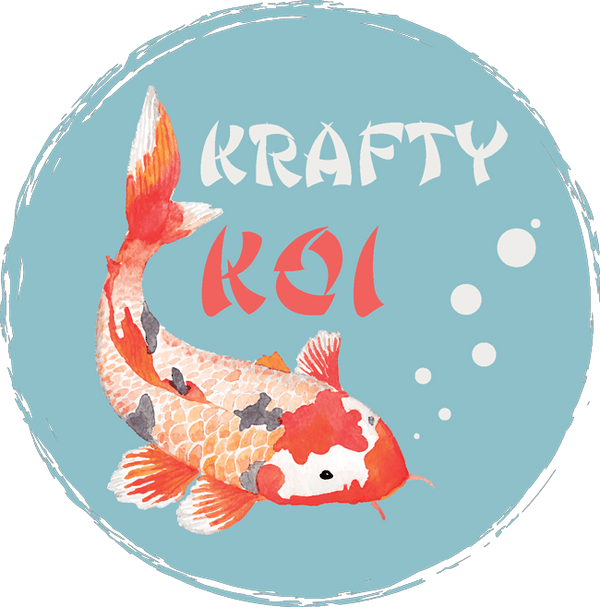As the name suggests, this disease was first discovered in Koi, the ornamental varieties of carp, but over time it has come to affect common carp populations too. Every summer there are numerous outbreaks of Koi herpesvirus in UK fishing lakes. The outbreaks occur in warmer temperatures and then fisheries find themselves having to implement controls to restrict the spread of the pathogen. Outbreaks are most common between mid-June and September.
In the Beginning
The Koi herpesvirus (KHV) was first recorded in the USA and originated in ornamental Koi that had been imported from Israel. The disease arrived in the UK in 2002 and for a time was restricted to Koi in garden ponds. It then found its way into the wild common carp population. The spread may have been caused by pet fish being released into the wild.
The Disease and its Symptoms
KHV is highly contagious but poses no threat to humans or mammals. It only infects carp. The disease mainly affects the fish's gills. Lesions form which become infected with bacteria and fungi. Further symptoms include sunken eyes, blisters and pale patches on the skin. The fish may also display erratic behaviour including disorientation and hyperactivity. Infected specimens may detach themselves from the shoal. Most of the infected specimens will unfortunately die but the mortality rate will depend on the water temperature and the density of the fish population. Fish can die within 24 hours of the onset of symptoms. It is thought that any infected fish which survive the disease remain carriers for life. Outbreaks occur principally when water temperatures reach 15 degrees or above. This usually means that the first reports of outbreaks in the UK occur in June. Under UK and EU legislation, KHV is classified as a notifiable disease. This means that it is subject to national control measures because of its potential environmental impact and the fact that it is untreatable. There is no vaccination against infection.
KHV Outbreaks
There have been ten outbreaks of KHV reported so far this year in the UK. These have occurred at:
- The Barns, Cornwall
- Larford Lakes, Hereford & Worcestershire
- Brockman Fisheries, Hereford & Worcestershire
- Fleetwood Reservoir, Lancashire
- The Glebe Lakes, Leicestershire
- Bain Valley Fisheries, Lincolnshire
- Albert Park Lake, North Yorkshire
- Hayfields Fishery, South Yorkshire
The outbreaks started early due to the mild spring and there will almost certainly be further incidents before the end of the year. According to the statistics provided by the Department for Environment, Food and Rural Affairs (DEFRA) and Centre for Environment, Fisheries and Aquaculture Science (CEFAS), there were 11 outbreaks in 2015 and a troubling 24 in 2014.
